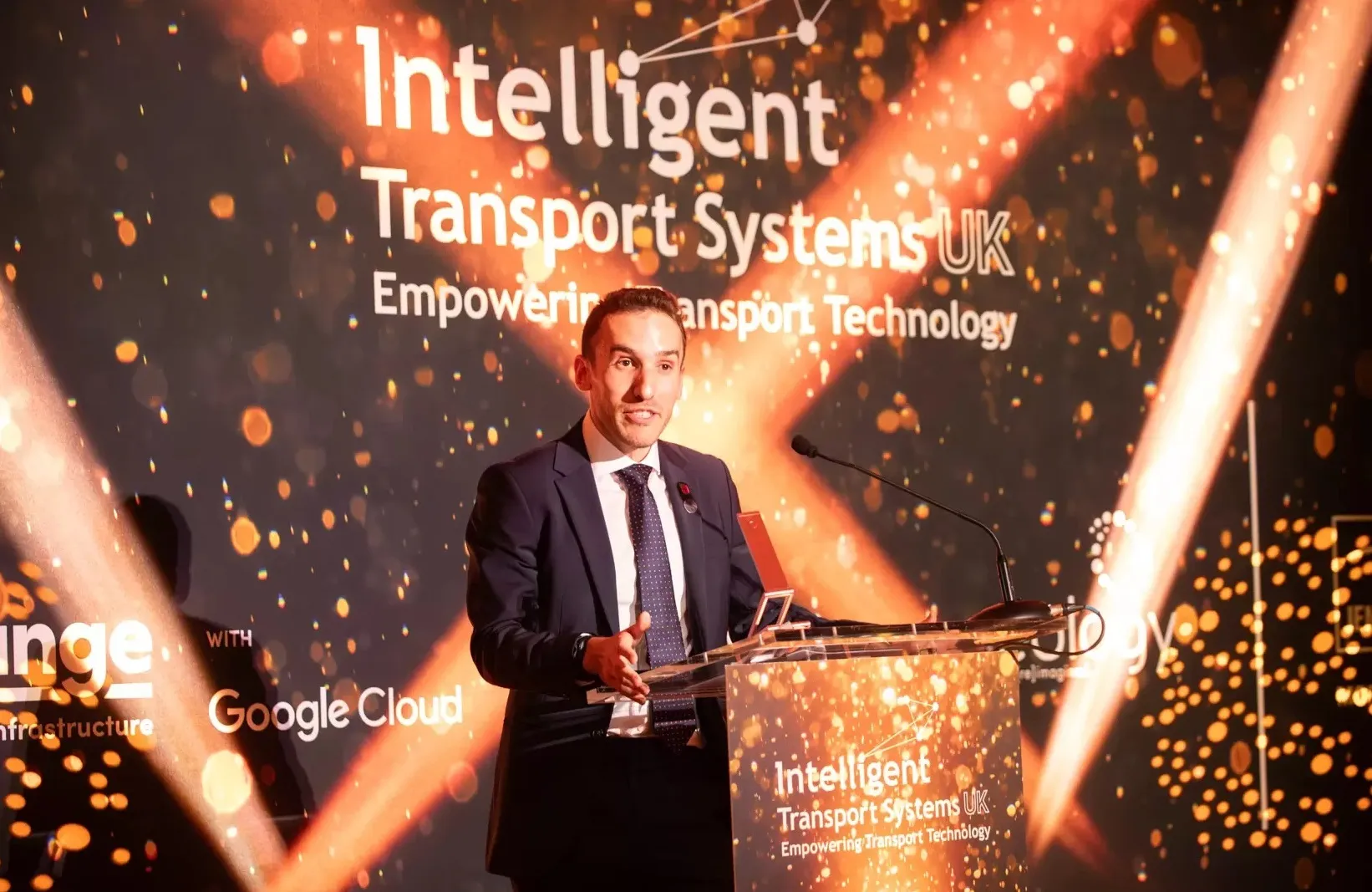As the information hub for the strategic road network, the NTIS delivers traffic information for English road network of 4,300 miles of motorways and major A-roads carrying one-third of all traffic and two-thirds of all freight nationwide. In addition to processing all Highways Agency traffic sensor data used in daily operations for the duration of the contract, Inrix will analyse sensor data in combination with real-time Floating Vehicle Data (FVD) collected from across the country’s strategic highway network for the goal of delivering better real-time traffic information and travel times.
“The NTIS is truly a worldwide showcase demonstrating how the public and private sectors working together can deliver improved services at lower cost to taxpayers,” said Bryan Mistele, President and CEO, Inrix. “Inrix provides transportation agencies with a model for how to cost-effectively improve daily operations to better serve the people and businesses depending on it.”
The NTIS contract, awarded by the Highways Agency last year, replaces the traffic data processing and publication elements of the Birmingham, UK-based National Traffic Control Centre, with the goal of providing improved services at reduced cost.
Inrix claims their technology will provide better traffic information and traveller services, increased reliability and faster processing, and wider coverage for areas of the NTIS where sensor data is not available. Inrix will also test a process for combining sensor and FVD data in a way that allows for next generation traffic data services such as “return to normal” that predicts the amount of time it takes to restore typical travel conditions following a major accident or other incident.
Inrix real time traffic and travel information for UK roads
Inrix used the 19th ITS World Congress to announce that it has been awarded a multi-million dollar contract by Network Information Services (NIS) in the UK to provide real-time traffic speed and travel time information for the Highways Agency’s National Traffic Information Service (NTIS).
October 24, 2012
Read time: 2 mins










